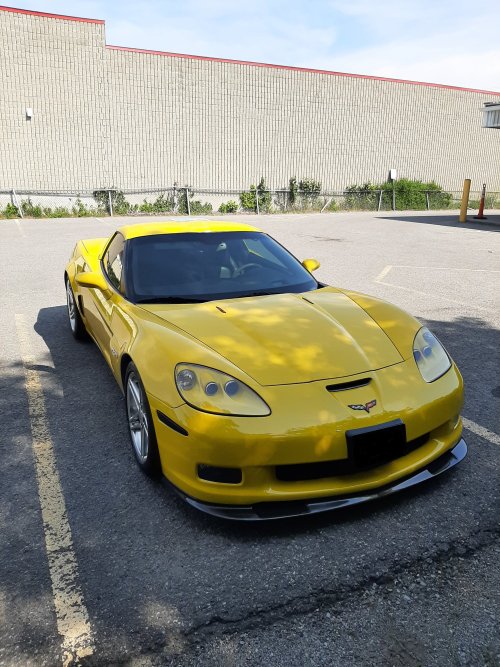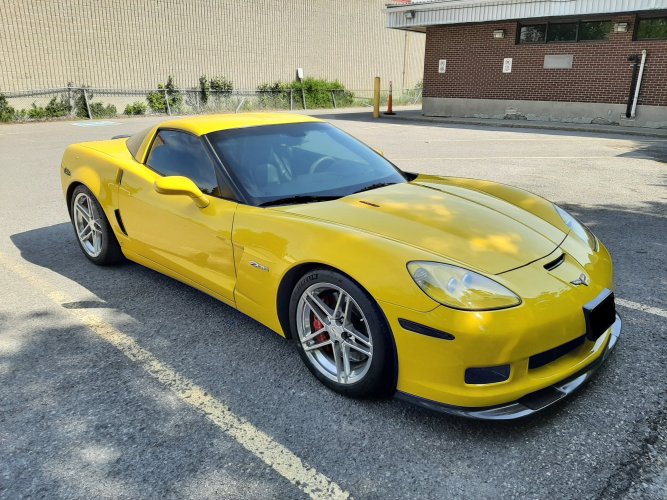globalrider
Alps Adventurer
Are the Russians coming?I surrender!
All our BMWs have had a 6 speed transmission for the longest time.
Of course more is better which is why some transmissions have 10 gears.
Follow along with the video below to see how to install our site as a web app on your home screen.
Note: This feature may not be available in some browsers.

Welcome! You are currently logged out of the forum. Some forum content will be hidden from you if you remain logged out. If you want to view all content, please LOG IN!
If you are not an MOA member, why not take the time to join the club, so you can enjoy posting on the forum, the BMW Owners News magazine, and all of the benefits of membership? If you click here, you have the opportunity to take us for a test ride at our expense. Enter the code 'FORUM25' in the activation code box to try the first year of the MOA on us!
Are the Russians coming?I surrender!
I'm right there with you with the eye roll, but at the same time I have to admit the 10R80 tranny in our 2018 F-150 is the best slushbox we've ever had. It has an almost uncanny ability to be in the right ratio at that right time due to how closely the ratios are spaced.Of course more is better which is why some transmissions have 10 gears.
On the other hand, many times I wished my 2019 Corvette's 7-sp manual was a 6-speed -- just too many unneeded gears for everyday driving. I'm guessing we got 7 speeds because the marketers said "we need more gears to be better than the next guy."
Yep! Mine was a Z06.Especially when you have a V8 with plenty of torque.

Yep! Mine was a Z06.


Heck, my newest cars are both 10 years old and my pickup is 22 years old. And I am actually in no hurry to catch up.
 Yeah, same here...newer is not always better, just more marketing.
Yeah, same here...newer is not always better, just more marketing.Me too. 2012 MINI Cooper S Clubman.Out of curiosity, who owns a car with a manual 6 speed??
Seems that the opinionated anti Automatic folks are following in the footsteps of Porsche 356 owners who insisted that the 911s were not "Real Porsches"I feel like this has to be said far more often than it ought to be...
For those of you that aren't interested in this as a feature, great! Don't buy one so equipped. I'd wager the auto-clutch bike will be more expensive than a manual bike anyway, and will be made in much fewer quantities until BMW sees that there is a strong market for it. However, as LeeF pointed out earlier in this thread, there are people who might need this to carry on riding. And if a manual bike is a barrier to new motorcyclists, then great for getting more people interested, too! The more of us there are on the road, the safer we all become as we become less of the "odd man out" and are seen more often by the rest of the road users in their shiny metal boxes.
However - i would appreciate it if you would stop bashing on the idea of an automatic transmission bike just because you don't want one.
You don't want one? Fine. Neither do I. But if I could get my wife to ride with me more because it's got an auto, instead of her having to worry and think about a manual? I'm in - for her.
In another, less nice way of putting it... The future is coming whether you like it or not.
Keep your old tech if it makes you happy, but stop making people who would feel happier without a clutch feel "less" because of their choice.
The Airheads club is still a thing, so yeah. Now we've got BMWs with all manner of engine configurations, transmission schema and drive systems. And don't forget three different front suspension families.Seems that the opinionated anti Automatic folks are following in the footsteps of Porsche 356 owners who insisted that the 911s were not "Real Porsches"
Valid point however the way I look at it the way motorcycling is dying out in North America most of us will age out of riding before the only option manufacturers offer is an automatic. In the meantime at least some younger riders come into the sport because their manhood isn't represented by a clutch hand. In this light you might say the technology is wanted, maybe not by you of but you don't represent all riders. Otherwise the DCT option would not have the take it does or after watching from the sidelines 15 years to see if DCT would fail would other manufacturers begin to introduce their own models. Of all the models Honda has offered with the DCT transmission Honda also retained the option of buying the manual transmission version and after 14 years the DCTs are purchased slightly in the majority (57%). Myself I have almost 500,000 miles behind me and 90,000 of it on DCT bikes. I enjoy both skill sets and I expect I'll have at least one of both out in the garage as long as I can ride (I'm 69). I have taken slow speed riding courses taught by motor officers on both manuals and DCTs and enjoy confounding those instructors and participants that initially think DCT cannot operate in the friction zone. It can and it's actually easier with just throttle and brake pedal to do the Iron Cross as well as Us, Circles, and 8s. I think you sell your brain short if you think you cannot learn new skills at any age. Riding isn't not a zero sum game, you don't lose the manual skills because you take up an auto clutch motorcycle but have the opportunity to learn new ones. It broadens your riding skills. I cannot be the only one that didn't cut my riding teeth in the 1970s on auto clutch Honda 50s, 70s, 90s.Today, one might have a choice, tomorrow they may not have a choice. Vocalizing the disdain for auto clutches is a way to ensure these manu's keep offering a manual clutch on models they are interested in.
If one doesn't speak out, then one gets lost in the great shuffle toward more technologies that aren't wanted. We know people today choose their rides based on lack of or inclusion of certain "features". As long as riders can still make a choice of a motor they want to ride, fine. However, that choice isn't guaranteed if people don't speak up about it.